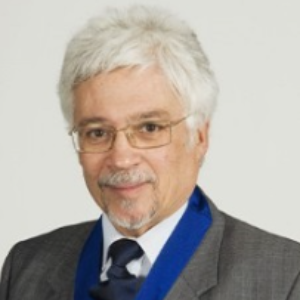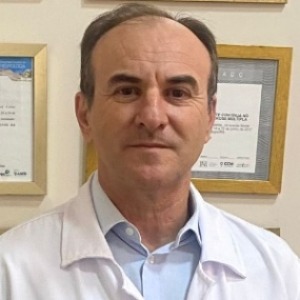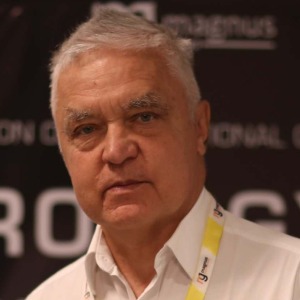Neuronal Communication
Neuronal communication refers to the transmission of information between neurons in the nervous system. This communication is essential for coordinating various physiological processes, including sensory perception, motor control, and higher cognitive functions. Neuronal communication occurs primarily through the release and reception of chemical signals called neurotransmitters. Upon arrival of an action potential at the presynaptic terminal of a neuron, it initiates the discharge of neurotransmitters into the synaptic cleft, the narrow space between the presynaptic and postsynaptic neurons. These neurotransmitters bind to receptors on the postsynaptic neuron, leading to changes in its membrane potential and the generation of new action potentials. In addition to chemical signaling, neuronal communication can also occur through electrical synapses, which allow for direct electrical coupling between neurons via gap junctions. Electrical synapses enable rapid and synchronized communication between neurons, particularly in circuits involved in reflexive behaviors and motor coordination. The precise regulation of neuronal communication is crucial for maintaining the balance between excitation and inhibition within the nervous system. Dysregulation of neurotransmission can lead to various neurological and psychiatric disorders, such as epilepsy, schizophrenia, and mood disorders. Advances in neuroscience research have elucidated many aspects of neuronal communication, from the molecular mechanisms underlying neurotransmitter release to the network dynamics of large-scale brain circuits. Techniques such as optogenetics, which enable precise control of neuronal activity with light, and calcium imaging, which allows for the visualization of neural activity in real time, have revolutionized our ability to study and manipulate neuronal communication in both health and disease. By deciphering the intricacies of neuronal communication, researchers hope to uncover new therapeutic targets for treating neurological and psychiatric disorders and ultimately improve the quality of life for millions of people worldwide.

Ken Ware
NeuroPhysics Therapy Institute, Australia
Robert B Slocum
University of Kentucky HealthCare, United States
Yong Xiao Wang
Albany Medical College, United States
W S El Masri
Keele University, United Kingdom
Jaqueline Tuppen
COGS Club, United Kingdom
Milton Cesar Rodrigues Medeiros
Hospital Santa Casa de Arapongas, Brazil




Title : Perception and individuality in patient cases identifying the ongoing evolution of Myalgic Encephalomyelitis/Chronic Fatigue Syndrome (ME/CFS)
Ken Ware, NeuroPhysics Therapy Institute, Australia
Title : Narrative medicine: A communication therapy for the communication disorder of Functional Seizures (FS) [also known as Psychogenic Non-Epileptic Seizures (PNES)]
Robert B Slocum, University of Kentucky HealthCare, United States
Title : Rabies: Challenges in taming the beast
Alan C Jackson, University of Calgary, Canada
Title : Neuro sensorium
Luiz Moutinho, University of Suffolk, United Kingdom
Title : Traumatic Spinal Cord Injuries (tSCI) - Are the radiologically based “advances” in the management of the injured spine evidence-based?
W S El Masri, Keele University, United Kingdom
Title : Personalized and Precision Medicine (PPM), as a unique healthcare model through biodesign-driven biotech and biopharma, translational applications, and neurology-related biomarketing to secure human healthcare and biosafety
Sergey Victorovich Suchkov, N.D. Zelinskii Institute for Organic Chemistry of the Russian Academy of Sciences, Russian Federation